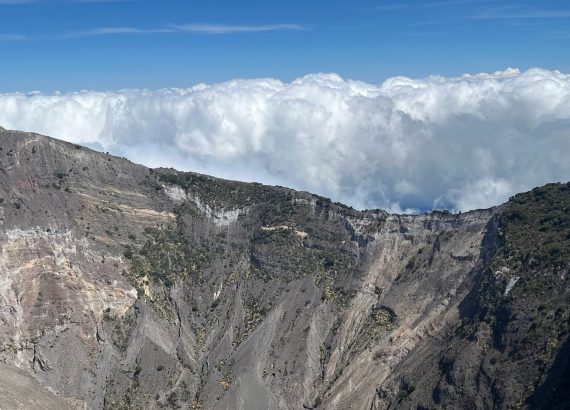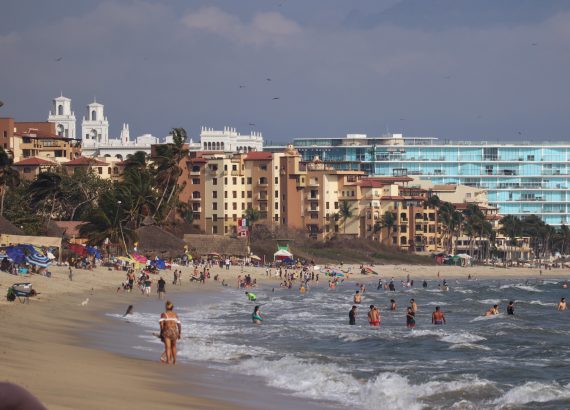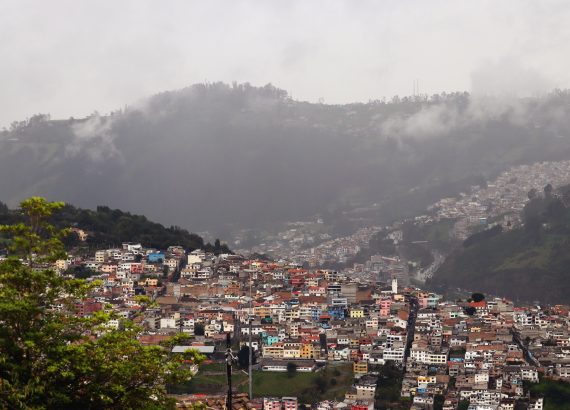The Perez Art Miami Museum… Getting to Know Two Latino Pioneer Artists
Shopping For Me

Our feature photos taken by Grizel Ubarry are available for sale as notecards with inspirational quotes. Ideal for scribbling messages of thanks, greetings from your travels or just to stay in touch. These five note cards are beautifully printed on high quality paper packaged in a silk drawstring pouch also perfect as a gift.
Click Here
Click Here














































No Comments